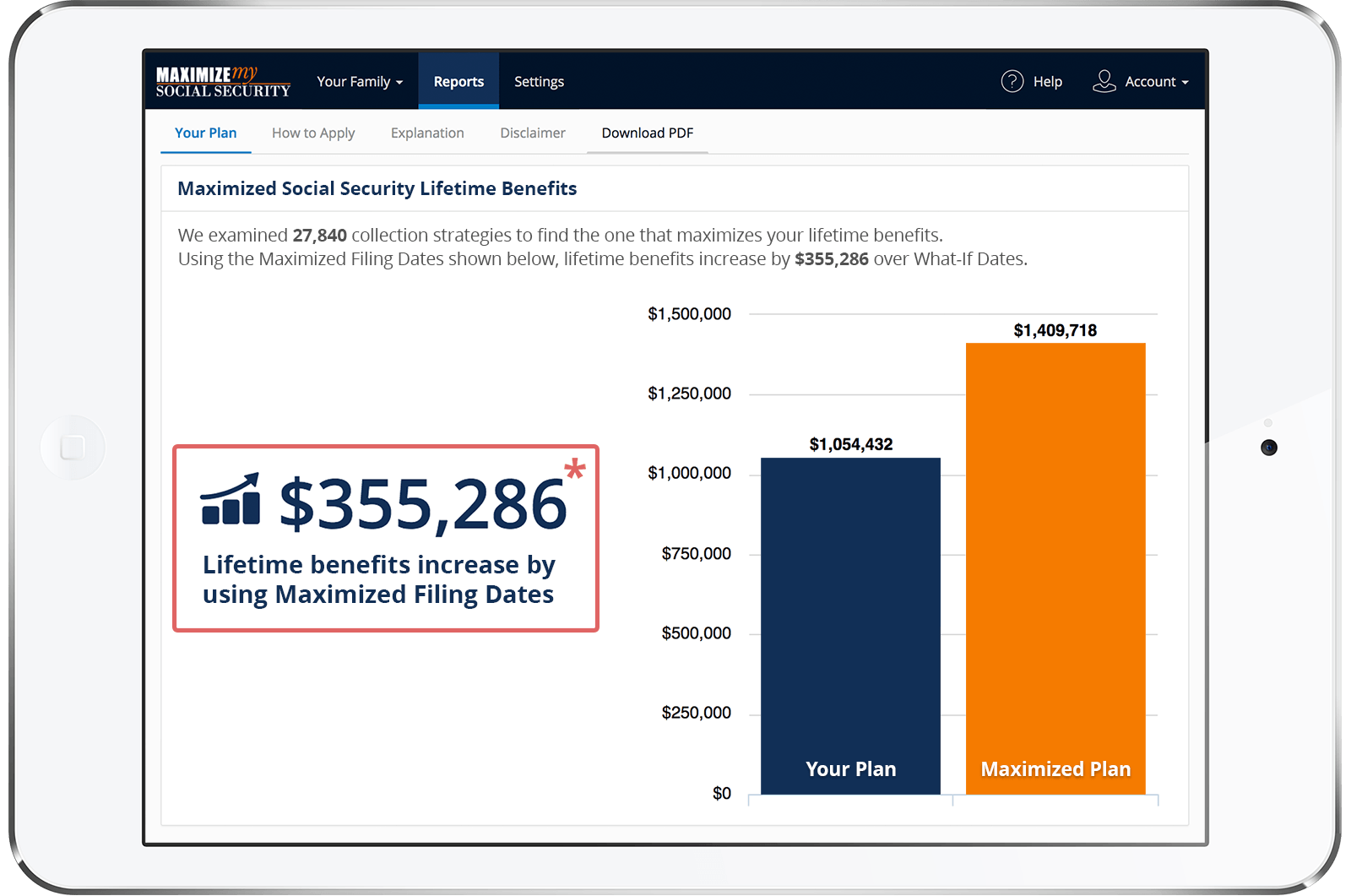My adult disabled daughter just got approved for DAC benefits based off my husband’s work record. I also just got approved for CIC (child in care) benefits based off my husbands’ work record. I am 61 and do not currently collect any other SS benefits.
Is there a way to ask SS how they calculated the benefits amounts for my daughter and myself?
I know there are a lot of pieces that go into the calculation such as my husband’s PIA, the family maximum, and my daughter already receiving $450 a month in SSDI benefits based on her own work record which would mean the Parisi Ruling should come onto play.
I have read in cases like ours it is not uncommon for SS to make mistakes and I would like to know if I could find out how they calculated the amounts.
Hi. You can call Social Security to ask for an explanation, but whether or not you get a reliable answer depends largely on who you happen to speak with. Many Social Security employees are well trained and have many years of experience, but that's certainly not true of all Social Security employees.
It sounds like you have a good fundamental understanding of how family benefits are calculated, so if you know your husband's primary insurance amount (PIA) and his family maximum benefit (FMB) amount, then you may be able to do the calculations yourself. It can be rather complicated, though, when an auxiliary beneficiary (e.g. spouse, child) is dually entitled. And, since your daughter is apparently entitled to both Social Security disability (SSDI) benefits and disabled adult child's (DAC) benefits, then she'll be dually entitled.
The instructions for calculating auxiliary benefit rates in a case like yours are explained in the following section of Social Security's operations manual: https://secure.ssa.gov/apps10/poms.nsf/lnx/0300615768. Basically, you first need to determine the amount available to be paid to auxiliary beneficiaries by subtracting the worker's PIA from their FMB. Auxiliary beneficiaries can be eligible for a maximum benefit rate of up to 50% of the worker's PIA, but the FMB can limit their benefit rate to a lesser amount.
Here's an example of how the calculations would work in a case like yours. Let's say Ray has a PIA of $2000, and an FMB of $3500. Ray has a child who's eligible for DAC benefits and a spouse who's eligible for child in care spousal benefits. The amount that would be available to pay Ray's wife and child would be $1500 (i.e. $3500 - $2000), which would be evenly split between them if neither of them are dually entitled. However, in our example we'll say that Ray's child is receiving an SSDI benefit of $450.
Ray's child's SSDI benefit rate, which is equal to their PIA, is subtracted from their $750 share of the available FMB.
Ray's child would then be paid a DAC amount of $300 in addition to their own $450 SSDI amount. And, since Ray's child is only being paid $300 of their $750 share of Ray's FMB, frees up an additional $450 that could be paid to other non-dually entitled auxiliaries. In Ray's case that would free up enough of the available FMB to allow his wife to be paid her maximum possible rate of 50% of his PIA, or $1000.
Our software (https://maximizemysocialsecurity.com/purchase) is fully capable of calculating PIAs, FMBs, and auxiliary benefit rates when the FMB is involved, so you may want to strongly consider using the software to determine if your family is receiving the correct benefit rates.
Best, Jerry
